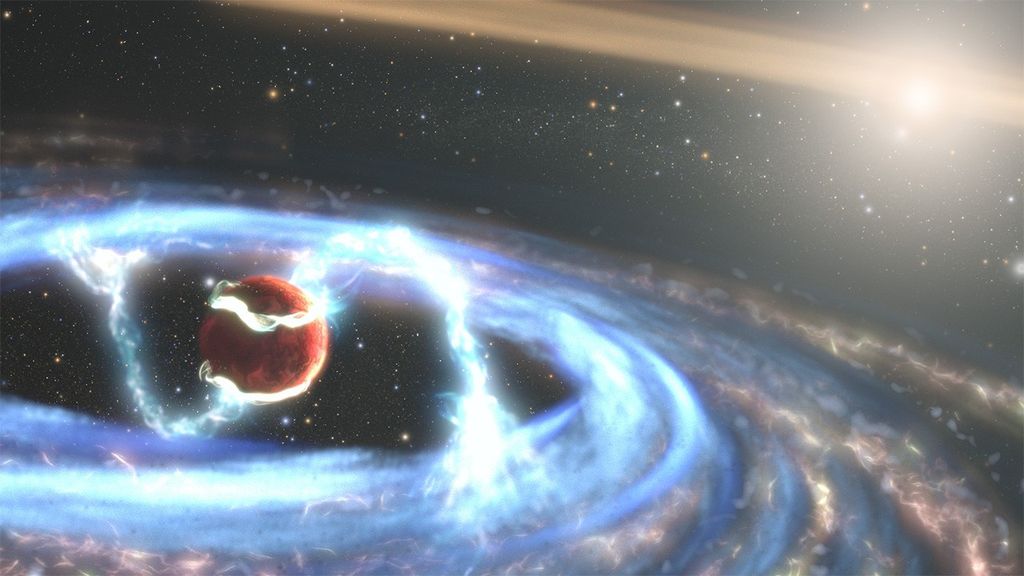
Hubble Images Asteroids Ceres and Vesta
VESTA (RIGHT) To prepare for the Dawn spacecraft's visit to Vesta, astronomers used Hubble's Wide Field Planetary Camera 2 to snap new images of the asteroid on May 14 and 16, 2007. Using Hubble, astronomers mapped Vesta's southern hemisphere, a region dominated by a giant impact crater formed by a collision billions of years ago. The crater is 285 miles (456 kilometers) across, which is nearly equal to Vesta's 330-mile (530-kilometer) diameter. If Earth had a crater of proportional size, it would fill the Pacific Ocean basin. The impact broke off chunks of rock, producing more than 50 smaller asteroids that astronomers have nicknamed "vestoids." The collision also may have blasted through Vesta's crust. Vesta is about the size of Arizona. Previous Hubble images of Vesta's southern hemisphere were taken in 1994 and 1996 with the wide-field camera. In this new set of images, Hubble's sharp "eye" can see features as small as about 37 miles (60 kilometers) across. The image shows the difference in brightness and color on the asteroid's surface. These characteristics hint at the large-scale features that the Dawn spacecraft will see when it arrives at Vesta. Hubble's view reveals extensive global features stretching longitudinally from the northern hemisphere to the southern hemisphere. The image also shows widespread differences in brightness in the east and west, which probably reflects compositional changes. Both of these characteristics could reveal volcanic activity throughout Vesta. The size of these different regions varies. Some are hundreds of miles across. The brightness differences could be similar to the effect seen on the Moon, where smooth, dark regions are more iron-rich than the brighter highlands that contain minerals richer in calcium and aluminum. When Vesta was forming 4.5 billion years ago, it was heated to the melting temperatures of rock. This heating allowed heavier material to sink to Vesta's center and lighter minerals to rise to the surface. Astronomers combined images of Vesta in two colors to study the variations in iron-bearing minerals. From these minerals, they hope to learn more about Vesta's surface structure and composition. Astronomers expect that Dawn will provide rich details about the asteroid's surface and interior structure. CERES (LEFT) The Hubble image of Ceres reveals bright and dark regions on the asteroid's surface that could be topographic features, such as craters, and/or areas containing different surface material. Large impacts may have caused some of these features and potentially added new material to the landscape. The Texas-sized asteroid holds about 30 to 40 percent of the mass in the asteroid belt. Ceres' round shape suggests that its interior is layered like those of terrestrial planets such as Earth. The asteroid may have a rocky inner core, an icy mantle, and a thin, dusty outer crust. The asteroid may even have water locked beneath its surface. It is approximately 590 miles (950 kilometers) across and was the first asteroid discovered in 1801. The observations were made in visible and ultraviolet light between December 2003 and January 2004 with the Advanced Camera for Surveys. The color variations in the image show either a difference in texture or composition on Ceres' surface. Astronomers need the close-up views of the Dawn spacecraft to determine the characteristics of these regional differences.
- X




























